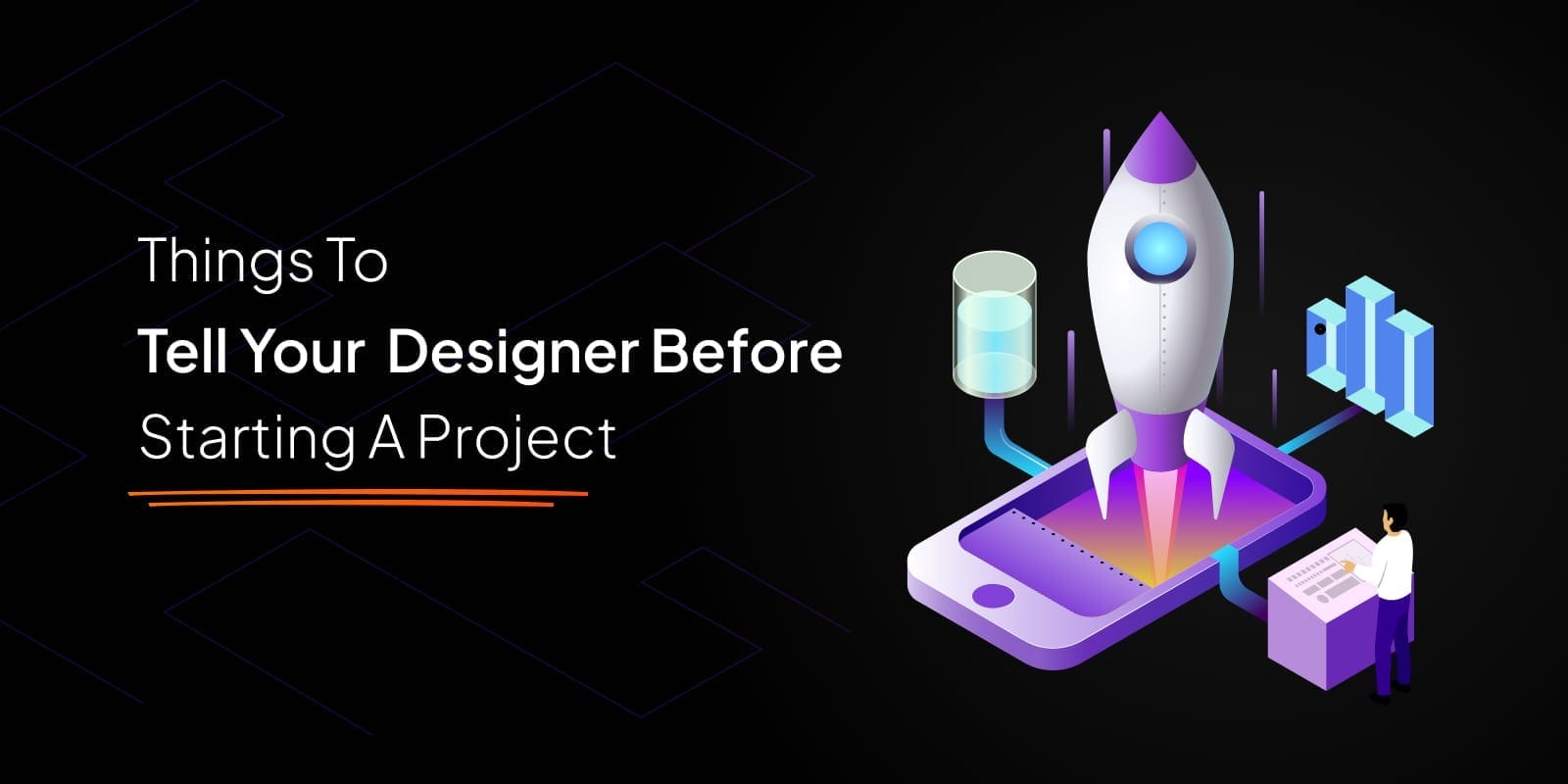Essex-based Digital Marketing Agency providing services like SEO, Content Marketing, Social Media Management, Web Design & Development, Video Editing, Branding, UI/UX & Email Marketing
WEB
Development
Marketing Services
Graphic Design
Packages

Embarking on a design project can be an exciting journey, but it's essential to lay the groundwork for success by communicating effectively with your designer. Clear communication from the outset can help ensure that your vision is realized and that the final outcome meets your expectations. Here are some key things to discuss with your designer before starting a project:
1. Define Your Goals and Objectives Before diving into the design process, take the time to define your goals and objectives for the project. What are you hoping to achieve with this design? Are you looking to increase brand awareness, drive sales, or improve user engagement? Clearly articulating your objectives will help guide the design process and ensure that the final product aligns with your business goals.
2. Provide Inspiration and Examples It can be helpful to provide your designer with inspiration and examples of designs that you like. This can include websites, logos, branding materials, or any other visual references that resonate with you. Sharing this information will give your designer valuable insight into your preferences and aesthetic sensibilities, helping them to create a design that reflects your vision.
3. Discuss Your Brand Identity Your design should be an extension of your brand identity, so it's important to discuss your brand values, personality, and positioning with your designer. What is your brand's unique selling proposition? What tone and voice do you want to convey through your design? By providing this context, you'll help your designer create a design that accurately represents your brand and resonates with your target audience.
4. Set Expectations and Timeline Be upfront about your expectations and timeline for the project. How soon do you need the design completed? What deliverables are you expecting from your designer? Establishing clear expectations and deadlines from the outset will help ensure that everyone is on the same page and that the project stays on track.
5. Identify Target Audience and User Preferences
Understanding your target audience is crucial for creating a design that resonates with them. Discuss with your designer who your target audience is, their demographics, interests, and preferences. Additionally, share any insights you have about user behavior and preferences gathered from market research or past interactions with your audience.
6. Discuss Brand Guidelines and Restrictions
If your organization has existing brand guidelines or restrictions, be sure to share them with your designer. These guidelines may include rules about logo usage, color schemes, typography, and imagery. Providing your designer with this information will ensure that the design aligns with your brand's established identity and maintains consistency across all platforms.
7. Communicate Technical Requirements and Platform Preferences
Inform your designer about any technical requirements or platform preferences for the project. For example, if you're designing a website, discuss your preferred content management system (CMS), hosting platform, and any specific functionalities or integrations you require. Providing this information upfront will help your designer make informed decisions and recommendations during the design process.
8. Address Accessibility and Inclusivity Considerations
Accessibility and inclusivity should be integral parts of the design process. Discuss any specific accessibility requirements or considerations for your project, such as providing alternative text for images, ensuring color contrast for readability, and implementing keyboard navigation options. By prioritizing accessibility from the outset, you'll create a design that is inclusive and user-friendly for all.
9. Establish Communication Channels and Feedback Processes
Effective communication is essential for a successful design project. Establish clear communication channels and feedback processes with your designer from the beginning. Determine how you will communicate (e.g., email, phone, project management tools) and how often you will touch base to discuss progress, provide feedback, and address any concerns or questions that arise.
10. Discuss Budget and Scope Finally, it's crucial to discuss budget and scope with your designer before starting a project. Be transparent about your budget constraints and any limitations on the scope of work. This will help your designer tailor their approach and recommendations to align with your budget and ensure that there are no surprises down the line.
Effective communication is key to a successful design project. By discussing your goals, providing inspiration, sharing your brand identity, setting expectations, and discussing budget and scope with your designer, you'll set the stage for a productive and collaborative relationship that leads to a successful outcome.
Ready to get started on your design project? Reach out to us today to discuss your needs and see how we can help bring your vision to life!